THE FIRST BREAKTHROUGH IN A THOUSAND YEARS
For more than a millennia we have known about the devastating impact of cataract blindness, and yet, there was almost nothing we could do to help.
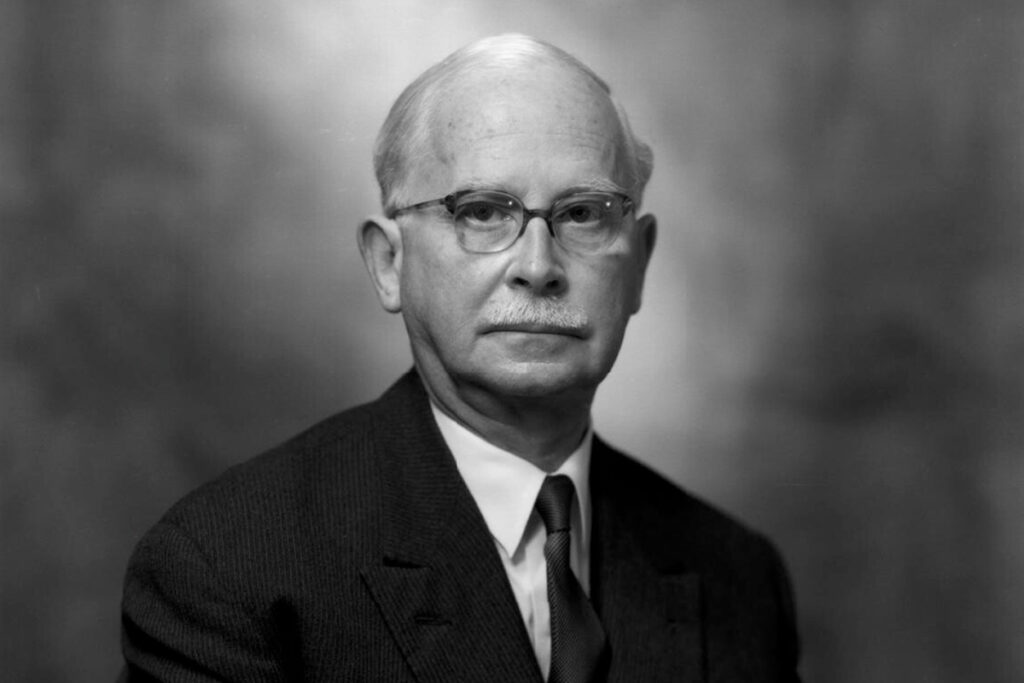
1906-2001
Harold Ridley was born in Kibworth Harcourt, Leicestershire, the son of Nicholas Charles Ridley, also an ophthalmologist. He was educated at Charterhouse School before studying at Pembroke College, Cambridge and completed his medical training in 1930 at St Thomas’ Hospital, London. He was elected a Fellow of The Royal College of Surgeons (at 25, the youngest age possible) and was appointed a consultant at Moorfields Hospital London in 1938 and St Thomas’ Hospital London in 1946.
Beyond a lifetime of service to sight
A short film discussing the gift that Sir Harold Ridley gave to the world. Nicholas Ridley, Chairman of the Ridley Eye Foundation, and Prof. David Spalton, former Senior Consultant Ophthalmic Surgeon at St. Thomas’ Hospital in London, discuss this life changing discovery and the challenges Sir Harold Ridley faced in bringing his breakthrough to the medical community.
A HISTORY OF RIDLEY’S COMMITMENT TO SIGHT
1B
cataract operations have been conducted world wide since 1949
110
major annual surgical and research projects have been funded by REF
15
countries have received funding for surgery, training, and research since 1967
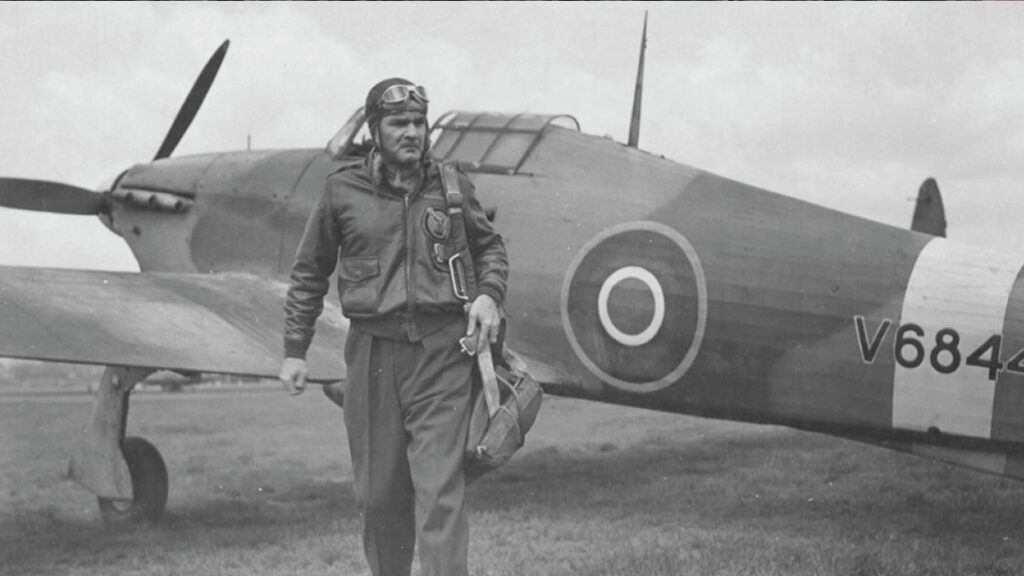
1940
During the Battle of Britain Ridley treated Flt Lieut ‘Mouse’ Cleaver of 601 Squadron RAF whose injuries included ophthalmic shrapnel. This led him to discover that the plastic particles of aircraft canopies that lodged in the eye did not adversely affect the body’s immune system.

1942
Ridley led important research into onchocerciasis (River Blindness) when he was stationed in the Gold Coast. The attention he called to this disease constitutes one of Ridley’s major contributions to ophthalmology.
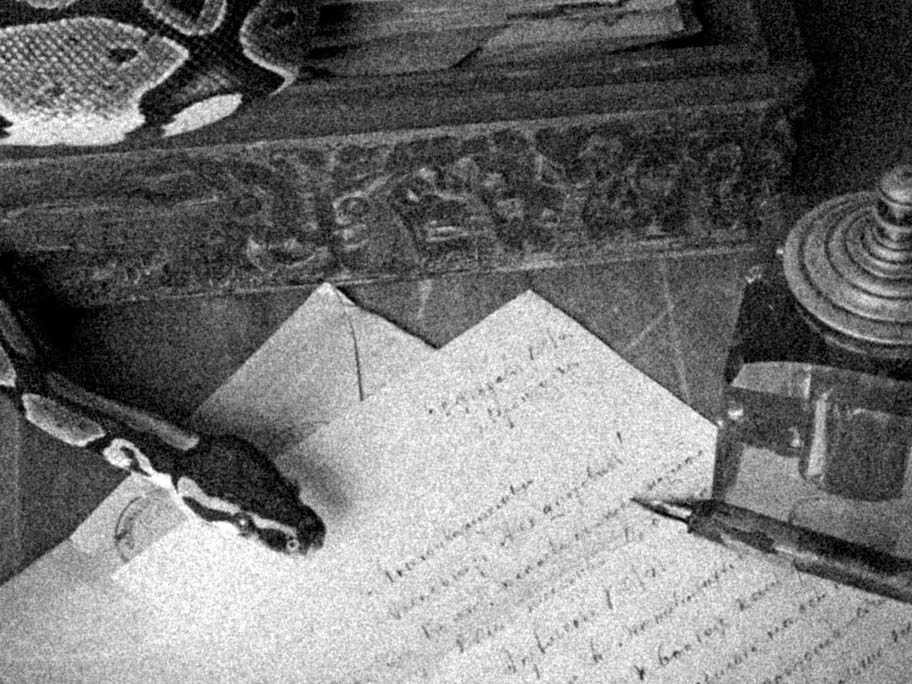
1944
Discovered that the snake venom or a constituent of venom might be used as a powerful anaesthetic in some cases of ophthalmic surgery.
*Image for illustrative purposes only.

1945
While treating over 200 prisoners of war in Rangoon and Singapore who suffered from nutritional amblyopia, Ridley developed the multivitamin therapy used today for Age Related Macular Degeneration patients.
*Image for illustrative purposes only.
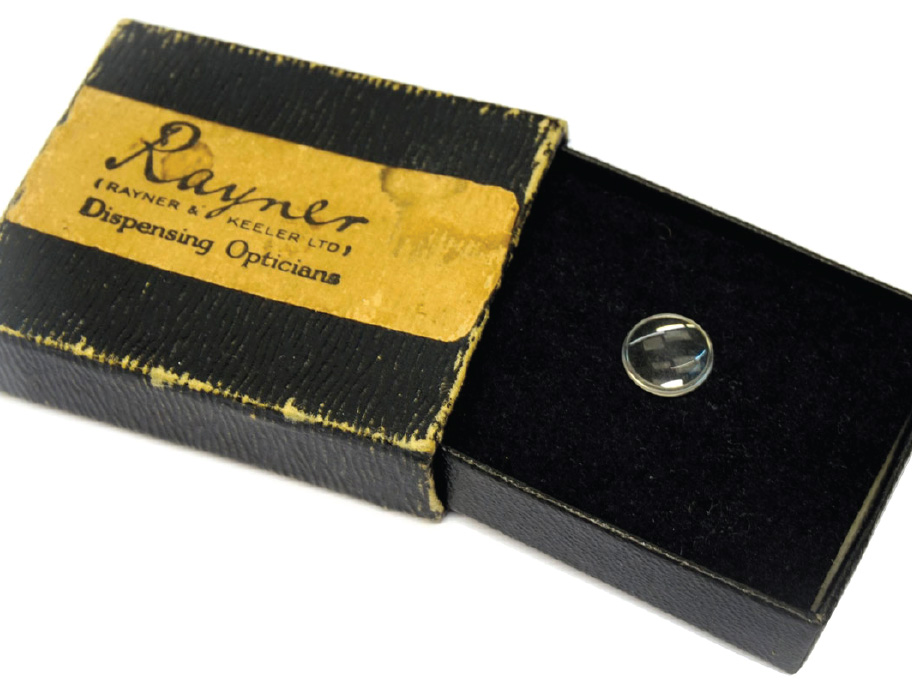
1947-1948
Ridley designed the first artificial or, intraocular (IoL) lens in the cure of cataract blindness. He had a lens manufactured by a British optical company, Rayner Ltd.
https://vimeo.com/848397128?share=copy
1949
Ridley performed the first IoL surgery on the 29th November 1949 at St Thomas’ Hospital, London. In 1952 the first IoL surgery to be performed in the United States was carried out at the Wills Eye Hospital in Philadelphia.
Ridley pioneered IoL surgery in the face of severe and prolonged criticism from the British Medical Establishment whose long-established maxim was: ‘always remove foreign objects from the eye’.
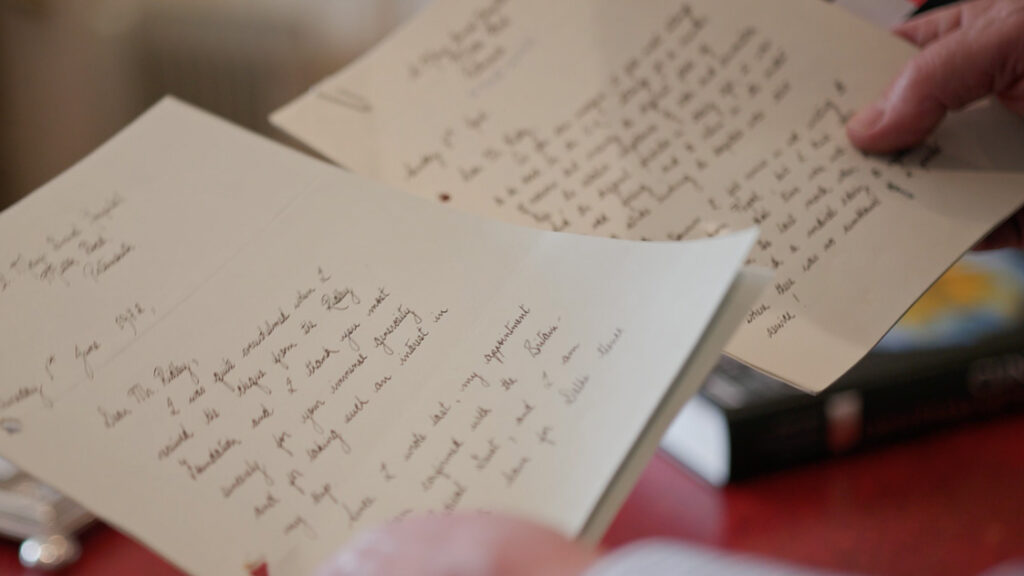
1951
Ridley presented his first paper on IoLs at the Oxford Congress in England on 9 July. The reaction from his professional colleagues was hostile. Ridley’s results were also met with disdain and scepticism at a meeting of the American Academy of Ophthalmology in Chicago on 12 October 1952.
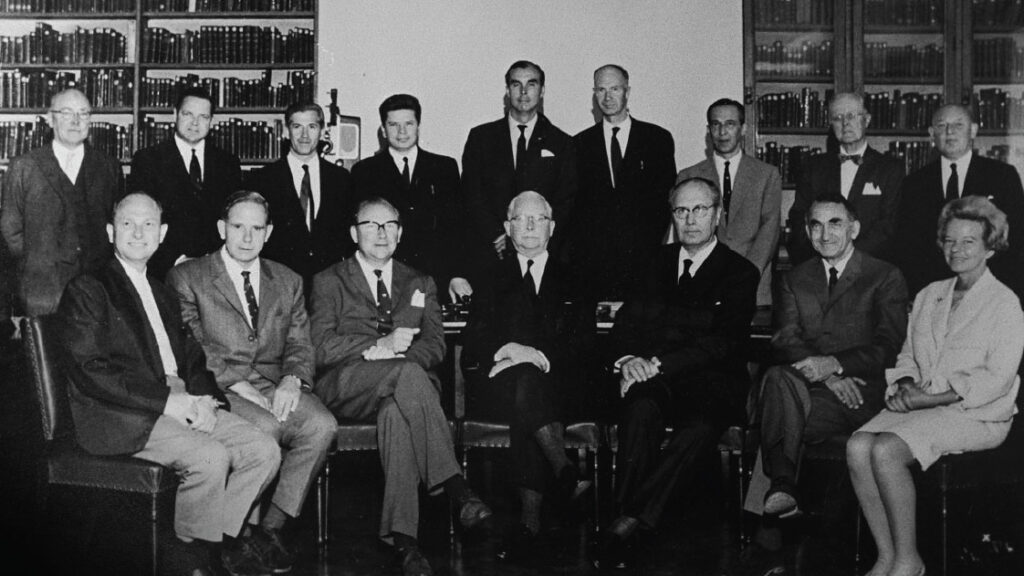
1966
Ridley was appointed the first President of the Intraocular Implant Club and John Pike of Rayner was appointed as a founder member.

1972
Ridley funded a 6 month information gathering project by Dr Malcolm Kerr-Muir in Nepal including the incidence of cataracts at altitude.

1975
The Intraocular Implant Club became the International Intraocular Implant Club (IIIC) as the work of the pioneers became recognised worldwide.

1986
Ridley was elected a Fellow of the Royal Society, thought to be only the second ophthalmologist so honoured.

1989
Ridley received an honorary doctorate degree, Doctor of Humane Letters (DHL), conferred in 1989 by the Medical University of South Carolina, Charleston.

1992
Ridley received the Gullstrand Medal named after the famous Swedish ophthalmic surgeon Allvar Gullstrand.

1994
Sir Harold received the Gonin Medal named after the renowned Swiss retinal surgeon Jules Gonin.

1999
In April Harold Ridley was inducted into the American Society of Cataract and Refractive Surgery Hall of Fame as one of the most outstanding and influential ophthalmologists of the 20th century.
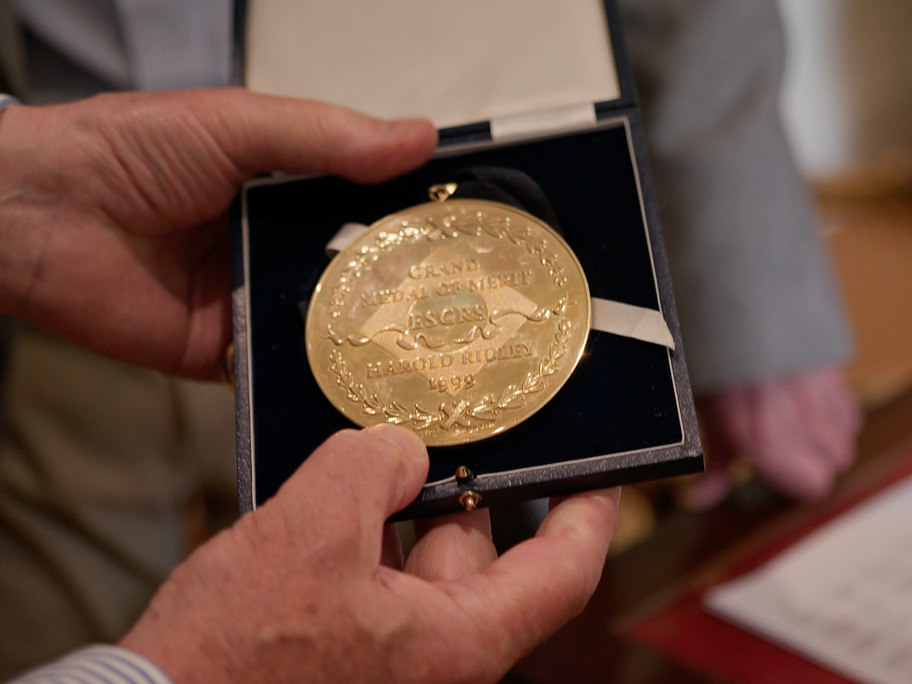
1999
The European Society of Ophthalmology president Thomas Neuhann MD presented Sir Harold Ridley with the Grand Medal of Merit in Vienna.

2000
In February 2000, he was knighted by HM Queen Elizabeth II at Buckingham Palace “for pioneering services to Cataract Surgery”
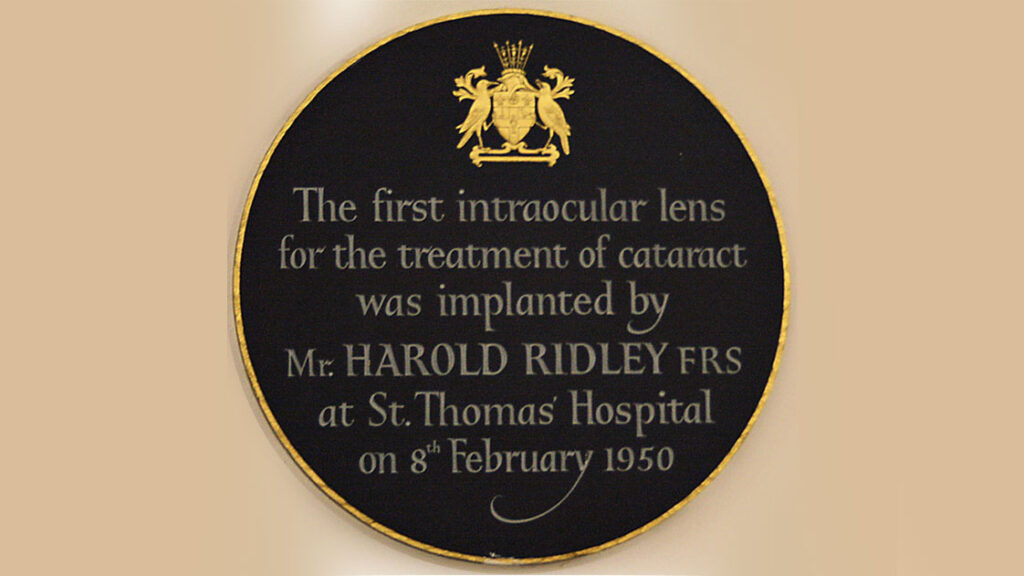
2001
To commemorate the first IoL implantation a plaque was installed at St Thomas’ Hospital, London. Ridley died the same year, in Salisbury, Wiltshire.
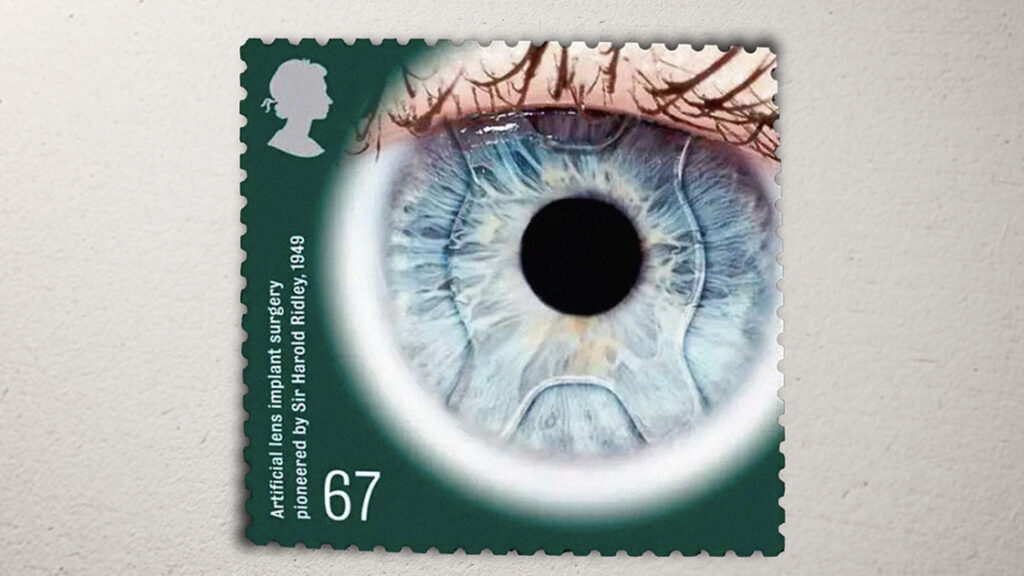
2010
The Royal Mail issued a series of commemorative postage stamps to mark “Medical Breakthroughs”. Designed by Howard Brown, the 67p stamp depicted artificial lens implant surgery pioneered by Sir Harold Ridley 1949.
https://vimeo.com/856469972?share=copy
2019
The Ridley Eye Foundation begins its mission in Nepal, where due to the elevation, extreme conditions and lack of access to eye care for the remote villages, 75% of cases of preventable blindness are due to cataracts.